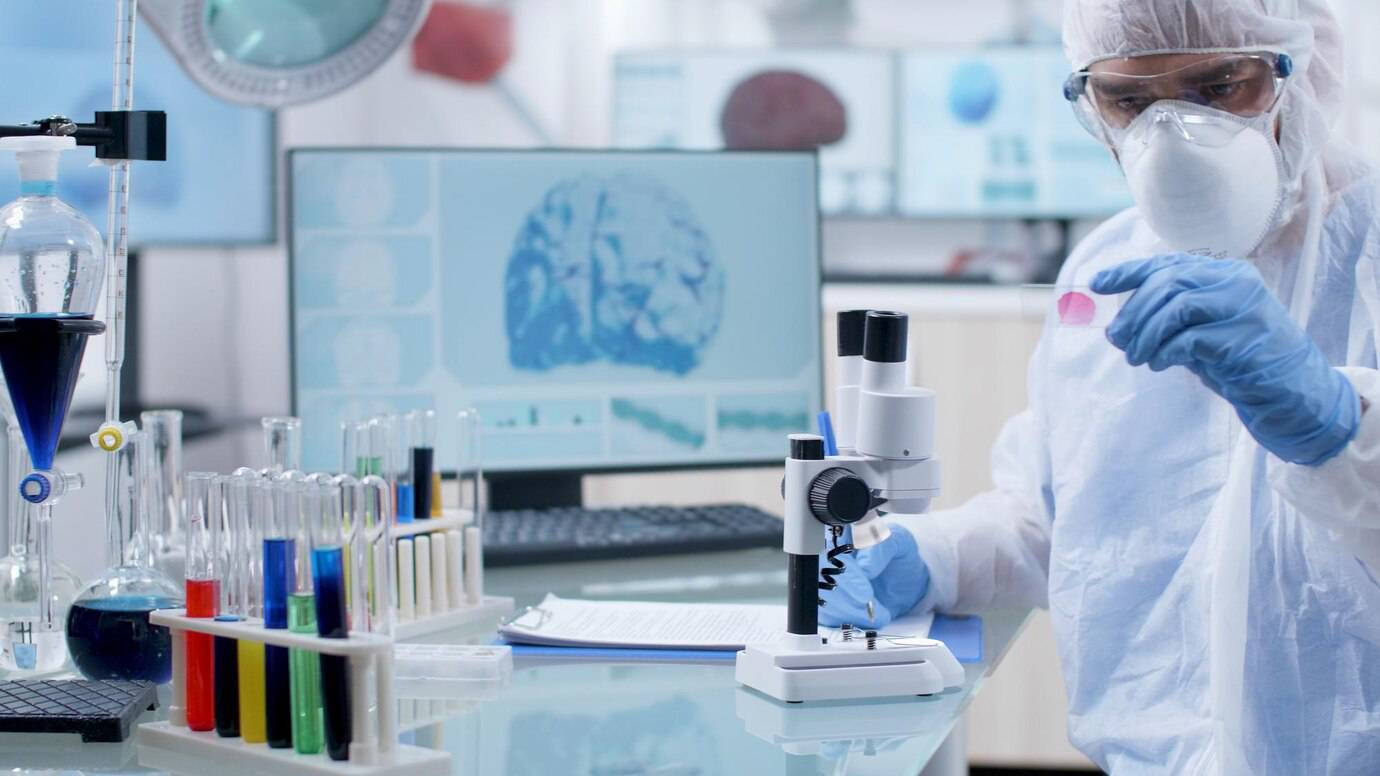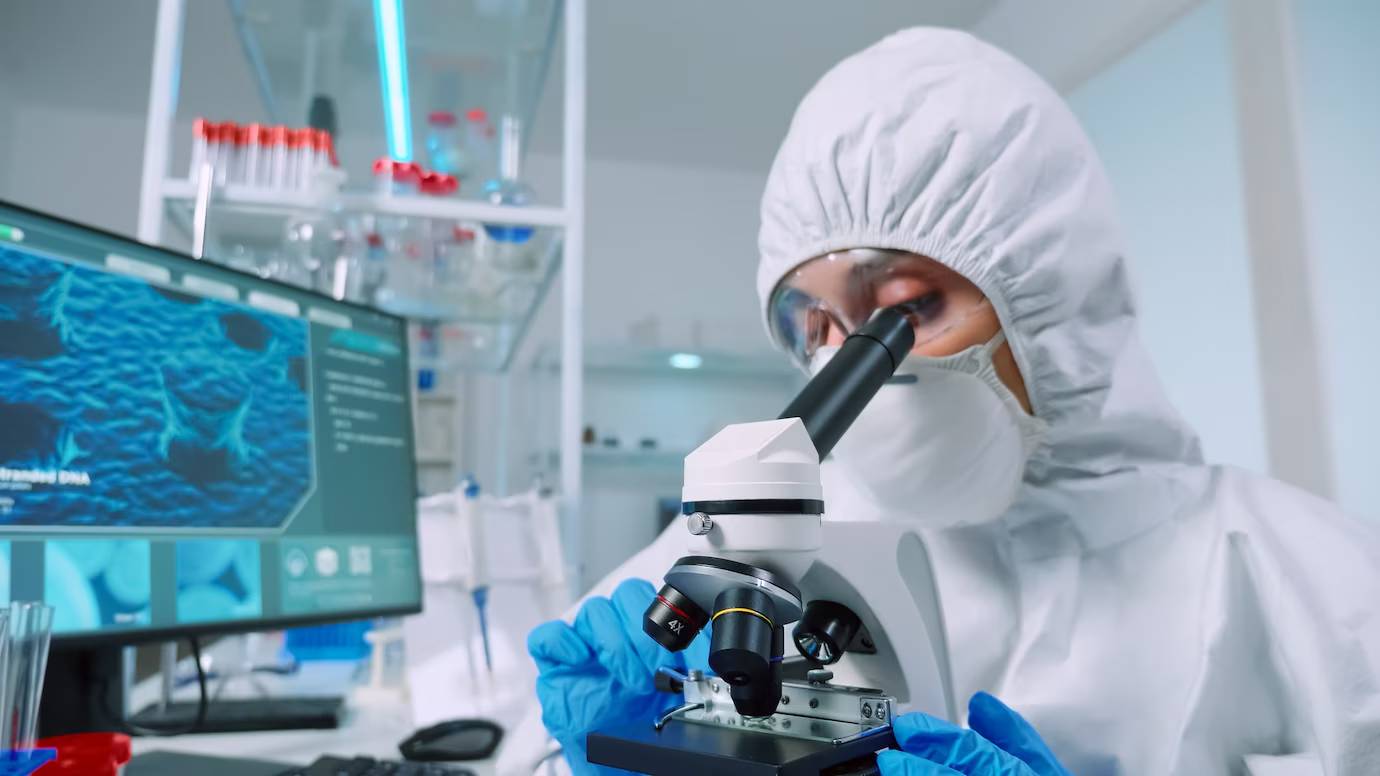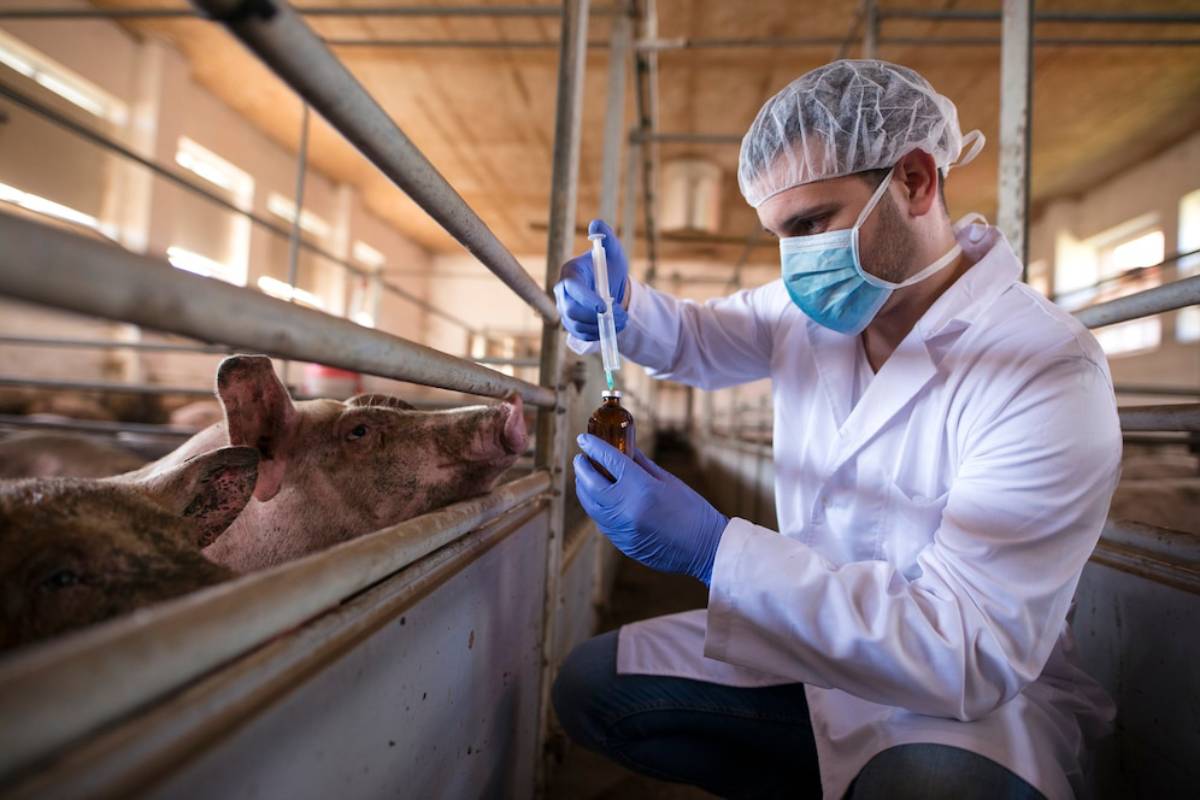
Biotech Patents: Balancing Innovation and Accessibility
In the rapidly evolving world of biotechnology, the intersection of innovation and accessibility is a topic of significant debate. Biotech patents protect intellectual property and are vital in this field. They protect inventors and companies by giving them exclusive rights to their innovations. But this exclusivity can make it harder for people to access science and medicine. This blog will look at the tricky balance between biotech patents and access to science and share insights on the complexities of intellectual property in the biotech field.
The importance of biotech patents cannot be overstated. They play a key role in boosting investment and research in biotechnology. This field can improve healthcare, agriculture, and environmental management. Patents can make things exclusive. This often raises costs for consumers. It can also limit access to essential technologies and treatments. The conflict between innovation and accessibility is central to bioethics. It shapes policy debates on biotech patents.
Key Benefits of Biotech Patents

Encouraging Innovation
Biotech patents are essential for encouraging innovation. Patents give inventors exclusive rights to their creations, helping them earn money and encouraging more investment in research and development. This is especially important in biotech, where the costs and risks of launching a new product can be very high. Without patent protection, many companies may hesitate to invest in new technologies.
Attracting Investment
Patents also play a critical role in attracting investment to the biotech sector. Investors prefer to fund projects with a clear path to market exclusivity, which increases the chances of a good return on their investment. Patents help secure funding for developing new biotechnologies, including medical treatments and innovative agricultural solutions.
Promoting Economic Growth
The economic impact of biotech patents extends beyond individual companies. Patents help the entire biotech industry grow. They attract investment and encourage innovation. It creates jobs, boosts the economy, and helps a country compete better globally.
Why Accessibility in Science Matters
Ensuring Public Health
Biotech patents spark innovation. However, access to science is also key, especially for public health. Biotechnologies, like life-saving drugs and medical devices, are vital for public health. When patents protect these technologies, their cost can be very high, making it hard for those who need them most to get access.
Promoting Equity
Accessibility in science is also a matter of equity. It’s crucial for everyone to access biotechnology benefits, no matter how much they earn. This is a key ethical issue. Patents can create barriers to access. This can worsen inequalities and keep some groups from enjoying scientific progress.
Encouraging Open Collaboration
Open collaboration: the heartbeat of accessibility in science. When scientists share wisdom and resources, they lay the groundwork for innovation. This synergy accelerates discovery. Yet, too-tight intellectual property rights can strangle teamwork and stall progress. In the dance of discovery, let’s keep the doors wide open!
Additional Expert Tips & Common Mistakes to Avoid
Best Practices for Balancing Innovation and Accessibility
- Use Tiered Pricing: To balance innovation and accessibility, consider tiered pricing. This means prices change based on the economic conditions in various regions. This approach helps make key biotechnologies affordable in low-income areas. It also lets companies recover their investments.
- Foster Licensing Agreements: Licensing agreements act as a bridge for innovation and accessibility. Patent holders can boost their position by letting other companies use their patents. This symbiotic dance improves visibility and increases revenue. It transforms ideas into income.
- Encourage Public-Private Partnerships: These partnerships can effectively balance innovation and accessibility. Biotech companies can work with government agencies and non-profits. This helps them find ways to make their technologies easier for underserved groups.
Common Mistakes and Misconceptions
- Overvaluing Exclusivity: One common mistake is overvaluing the exclusivity granted by patents. Exclusivity can boost profits, but it may also limit market reach and hurt competition. Companies should consider the long-term benefits of broader access.
- Ignoring Ethics: Pursuing profits alone can harm public opinion and invite backlash. Companies should strive to balance profit motives with social responsibility.
- Underestimating the Importance of Collaboration: Collaboration is key to advancing science and technology. Being too strict with intellectual property can discourage companies from collaborating and innovating.
Advanced Insights & Expert Recommendations
The Role of Policy in Balancing Innovation and Accessibility
Governments are key in balancing innovation and accessibility in biotechnology. Governments can support sustainable innovation by encouraging patent protection and access.
- Reforming Patent Laws: We should review and update patent laws regularly. This helps us keep pace with rapid changes in biotechnology. This review will examine how long patents last and the criteria for granting them.
- Supporting Generic Alternatives: Policies that back generic alternatives can boost access after patents end. This is especially important in the pharmaceutical industry. Generic drugs can lower costs for consumers a lot.
- Investing in Public Research: Public funds for research can boost private sector work. This helps ensure that key biotechnologies are developed to be accessible for everyone. Research funded by the government can also help limit the exclusivity of patents.
Industry Perspectives on Biotech Patents
Industry experts often have differing opinions on the role of patents in biotechnology. Some believe strong patent protection is key to staying competitive, while others support more open ways to handle intellectual property.
- Balancing Competition and Collaboration: The biotech industry is learning to balance competition and collaboration. Companies can protect their intellectual property while still working together, maximising their impact.
- Adapting to Market Shifts: As markets change, strategies for handling intellectual property need to adapt as well. Companies must adapt how they protect patents and ensure accessibility. This change is important due to shifting market conditions and consumer needs.
Conclusion: Balancing Innovation and Accessibility

Biotech patents are a double-edged sword. They help boost innovation and draw investment. But they can also make science less accessible. To balance these interests, we need a careful approach. It should consider the needs of inventors, companies, consumers, and society.
The biotech industry can unlock a future where innovation and accessibility work together. To unlock this potential, it must adopt best practices and avoid common pitfalls. Additionally, the role of policy is crucial in this journey. As we dive into biotech patents, let’s keep one goal in sight: ensuring biotechnology helps all people, everywhere.
Ultimately, the question is: How can we boost innovation and share the benefits of science fairly? The answer comes from talking, working together, and balancing innovation with accessibility.


